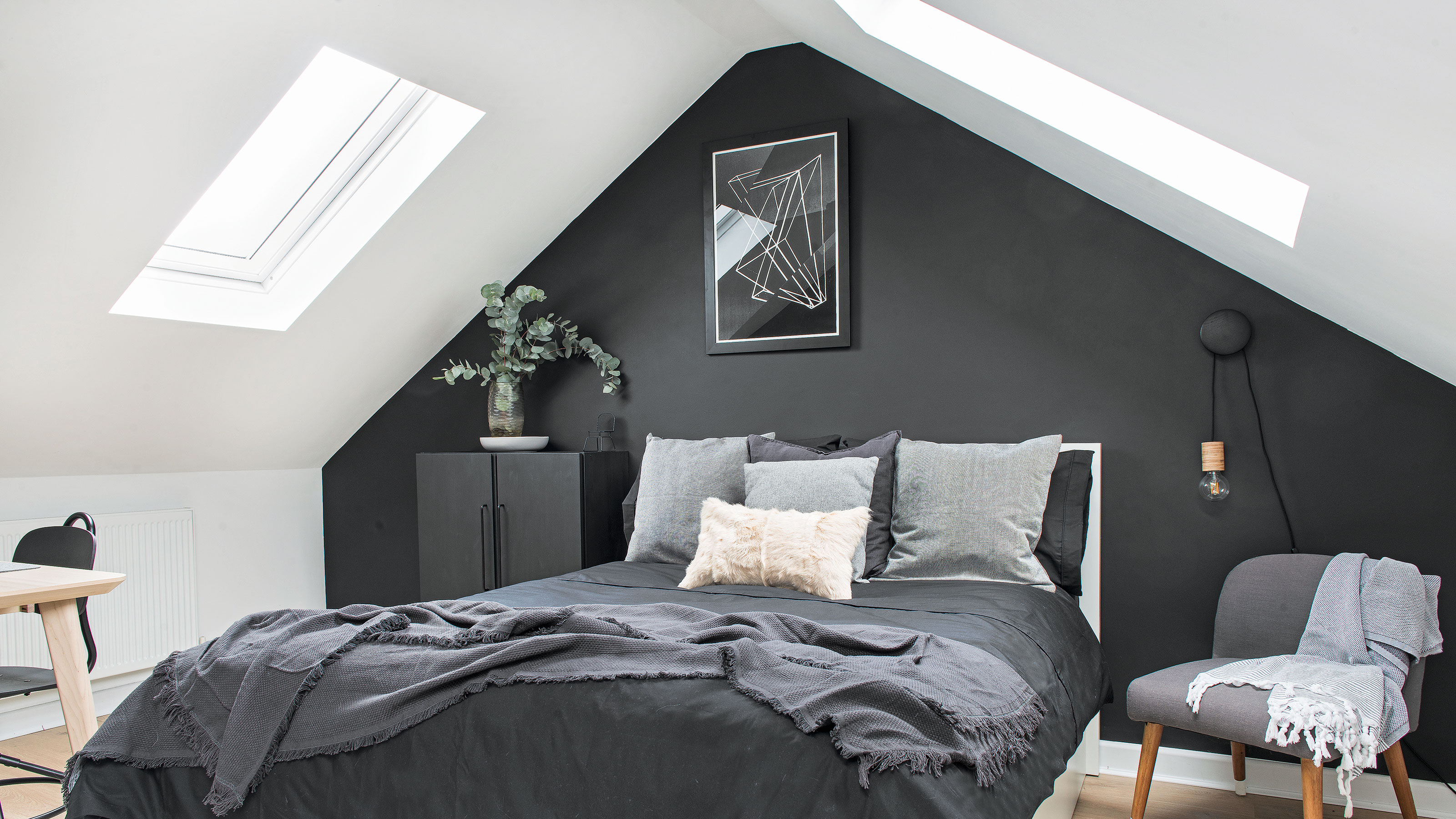7 things I wish I knew before buying a duvet - as a sleep writer these are the tips I always give my friends
Learn from my mistakes and get your duvet purchase right the first time


As a sleep-product reviewer, I often sleep on the job – literally. I’ve tested all the big-brand names and smaller independent brand duvets – all fills, all togs. Through all this testing, I’ve got a pretty good idea of the things I think about before buying a duvet, and I’m going to share them with you.
I wasn’t always a pro at picking the best duvet though. I had no idea what down vs feather meant, or even really what tog ratings meant. In the past I made a fair few errors through ignorance when choosing duvets.
Because of my job, a lot of my friends and family now ask me what the best duvet is. And although it’s subjective, there’s definitely some advice I always give to anyone who asks and a few things I wish I'd known myself before buying my first few duvets – and I’m going to share it with you now.
1. What the difference is between natural vs synthetic duvets
‘Natural or synthetic is a decision you need to make. Both have a range of benefits that may make them more suitable for you,’ says Olivia Shykles, Filled Bedding Buyer at John Lewis. ‘There's no right or wrong answer to these questions, it's all down to personal preference so I would always recommend you get out to a store to have a feel.’
Before working in the world of sleep, I assumed there were down duvets or polyester duvets – and down duvets were good but pricey and polyester was rubbish but cheap. All of this is a complete misconception on my part, and one I want to put you straight on.
Firstly there are loads of different fillings in duvets – we will get into more of that later. But essentially many synthetic duvets perform fantastically and can be much better for you, depending on your requirements.
And also there are loads of natural duvet fillings – not just duck down. We’ll get into that now.
Sign up to our newsletter for style inspiration, real homes, project and garden advice and shopping know-how

2. What duvet fillings are best
Sounds obvious, but I was clueless before about duvet fillings. And rather embarrassingly in hindsight, fillings are probably the most important element of your duvet.
‘The filling of a duvet is important to consider when purchasing a new duvet,’ says Jade Crooks, Commercial Director at DUSK. ‘Those with natural fillings, like duck feather duvets or goose down duvets provide insulation, while also allowing for good airflow.’
As well as feather and down duvets, there’s the option of wool, silk, cotton, linen and bamboo duvets – the three latter of which are vegan-friendly. These are all great at wicking away sweat and helping you regulate your temperature.
Duck and goose down and feather has traditionally been the premium choice for duvets. This is because they plump up well, and give that cloud-like feeling. Duck down tends to be heavier and more coarse, whereas goose down is lighter – and pricier.
Synthetic duvet fillings are usually hollow fibre or microfibre–polyester. And many polyester duvets are just as good as natural-fibre ones. Ideal Home’s Sleep Editor Amy Lockwood really rated the Fogarty Light & Lofty Warm Waffle Duvet 4.5 Tog synthetic duvet when she tested it giving it full marks. They’re also great for allergy sufferers, but we’ll come on to that in a minute.

3. What a tog rating actually means
Before honing my duvet knowledge, I thought I knew about tog ratings. The higher the number, the warmer the duvet. Simple. And yes, that is true. But it is a bit more nuanced than I realised.
Tog stands for thermal overall grade and is the measurement for how well a product traps heat. 1.5 tog is the lowest and it goes up to 15 tog. To give you an idea, 1 tog is the equivalent of around two t-shirts worth of insulation.
‘Tog can often feel like a bit of a mystery but it's an important decision, as this dictates how warm or cool your duvet will keep you,’ says Olivia from John Lewis. ‘A good rule for a great night's sleep all year round is to select a duvet to suit the season, and most simply put the higher the number the warmer the duvet.’
If you’re a warm sleeper or heat your bedroom quite well, or it’s a warmer month, go for a lower tog rating. If you find you get chilly at night, or it’s winter then you’ll find a warmer tog rating works well for you.
‘For couples who like differing levels of warmth in bed, you could even consider a custom duvet. There’s no compromise necessary – each side of the duvet can be given a different tog rating,’ says Olivia from John Lewis.

4. Going for the right size duvet
By mere accident, I ended up with a kingsize duvet on a double bed for a long time – and now I wonder why I didn’t upsize my duvet before. As someone who loves to be snuggle under my duvet, the extra-large duvet was a winning choice.
‘It may seem obvious but I would say size is the first choice to start narrowing your duvet options,’ says Olivia from John Lewis. ‘Unless you’re also buying your bed and mattress at the same time you should know what size you’re looking for.’
The worst thing you could do would be to have a too-small duvet for your bed. So definitely double-check your bed size before adding a duvet to your basket.
And Olivia is with me on the oversized duvet thing. ‘Top tip, sizing up on your duvet can help with any duvet hogging issues as well as making a beautifully dressed bed. Or sleep as the Scandinavians do and buy two separate duvets if sharing a bed as it's said to reduce sleep interruption,’ she says.
My husband is half Finnish and I can confirm when I first visited Finland, the separate duvet thing was a game changer.

5. Hypoallergenic duvets aren’t to be sniffed at
As someone who’s allergy free, I’ve lived my life not worrying about hypoallergenic products and the thought of a hypoallergenic duvets didn’t cross my mind. Then my son came along, and he does suffer from a dust-mite allergy – suddenly I’m very aware of what exacerbates it, and bedding is a big one.
‘Beware that if you suffer from allergies, natural options like goose or duck feathers can trigger this,’ says Jade from Dusk. ‘So, to avoid those pesky symptoms, synthetic alternatives like Dusk’s feels-down duvet are perfect.’
‘Studies have found 25% of allergic conditions and 50% of asthmatic conditions are caused by house dust mites, which are most commonly found living in bedding such as pillows and duvets,’ says Sally Bonser, sleep expert at Silentnight. ‘So choosing a hypoallergenic or anti-allergy duvets filled with synthetic materials, or even naturally hypoallergenic options like silk or wool, can help minimise allergic reactions and ensure a restful sleep.’
Synthetic duvets are great for allergy sufferers too because they tend to be easier to chuck in the washing machine. This will allow you to blitz allergens from bedding most effectively.

6. Choose between duvets for different times of the year or all-season duvet
I’ve always been an all-season duvet girlie. All-season duvets come in two parts – a higher tog duvet and a lower tog duvet. They clip together to create an uber thick duvet for the winter months.
However, this might not be for everyone because they are bulky, and not everyone wants a mega-thick duvet even in winter. Maybe you sleep hot, or you heat your home enough that you don’t need a thick duvet. You may want to get one warmer duvet and one thinner duvet.
‘Research also suggests people sleep more soundly when their body is kept at a cool to normal temperature, so most sleep experts agree that you should set the thermostat to around 18c and manage your body temperature with a duvet that’s designed for the season of the year,’ says Sally from Silentnight.
7. The weight of your duvet can make a difference
I hadn’t ever considered what my preference was for duvet weight until fairly recently when I was testing weighted blankets. It turns out that I love heavier blankets, and therefore a heavy duvet works well for me. But that isn’t the case for everyone.
‘When making your purchase, don’t overlook how the weight of a duvet affects sleep comfort. Some people enjoy the comforting feel of a heavier duvet, while others prefer a lightweight option that feels less restrictive,’ says Sally from Silentnight. ‘Failing to consider your personal preference for duvet weight can lead to discomfort and disrupted sleep so it’s important to think about what weight will make you feel most comfortable and rested.’
So learn from my past mistakes and take my advice to swot up on your duvet knowledge before hitting the shops.

Zoe is a freelance journalist and content strategist. Her career has traversed kids' publishing, women's lifestyle magazines, luxury property and content marketing. She's worked for the BBC, STYLIST, Marie Claire, heat, Wallpaper*, InStyle, The Sunday Times Style, Ocado, Christie's and more. She now regularly writes about interiors and sleep for a range of media – what she doesn't know about mattresses isn't worth knowing.